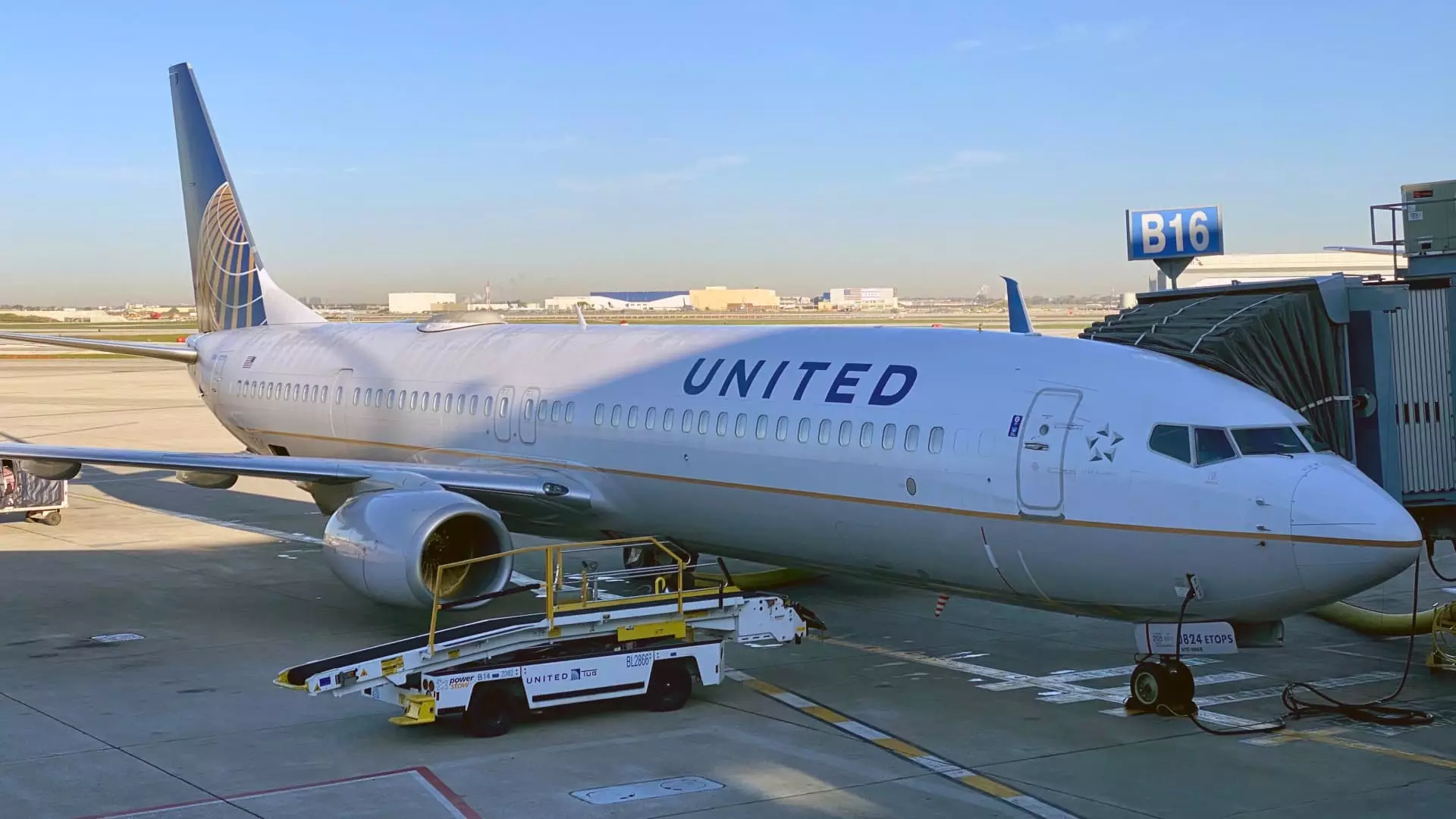United Airlines is taking a proactive approach to informing passengers about the reasons for flight delays. The airline is now sending live radar maps to travelers to demonstrate the impact of bad weather on flight schedules. This real-time information helps passengers understand that even when the weather at their departure or destination airport is clear, there may be weather systems hundreds of miles away causing disruptions.
The Federal Aviation Administration can issue ground stops for specific airports to prevent congestion and ensure the safety of air traffic. These ground stops can lead to delays in departing flights, as well as necessitate longer routes to avoid adverse weather conditions. Thunderstorms, in particular, are challenging to predict and can result in sudden disruptions to flight schedules.
United Airlines is leveraging generative artificial intelligence to provide travelers with links to live radar maps from FlightAware, as well as updates on other causes of flight disruptions, such as mechanical issues or airport congestion. This technology allows passengers to stay informed about the factors affecting their flights in real time.
With the upcoming July Fourth holiday period, United Airlines is bracing for a surge in air travel, expecting to accommodate a record number of passengers. This technological initiative comes at a crucial time when flight delays can have a significant impact on passenger experience. In the first half of the year, a notable percentage of U.S. airline flights arrived late, highlighting the need for innovative solutions to address delays.
United Airlines’ utilization of technology to provide live radar maps and real-time updates on flight disruptions represents a step forward in enhancing transparency and communication with passengers. By empowering travelers with information about the reasons behind delays, the airline is striving to improve the overall customer experience and mitigate the effects of unforeseen circumstances. This proactive approach demonstrates a commitment to leveraging technology to address challenges in the aviation industry and ensure a smoother travel experience for passengers.

